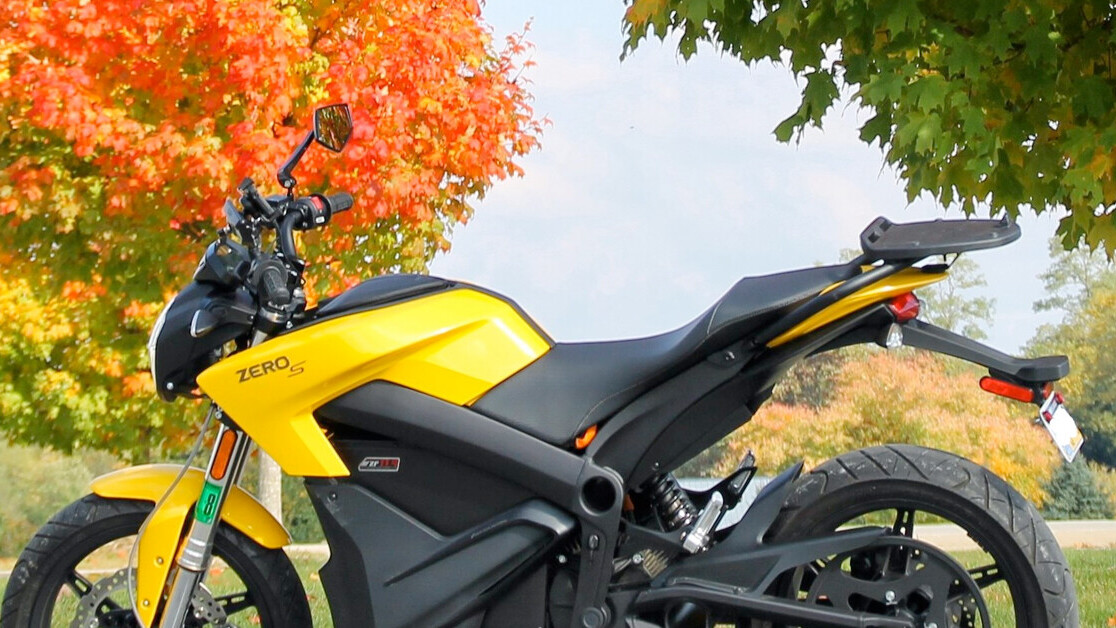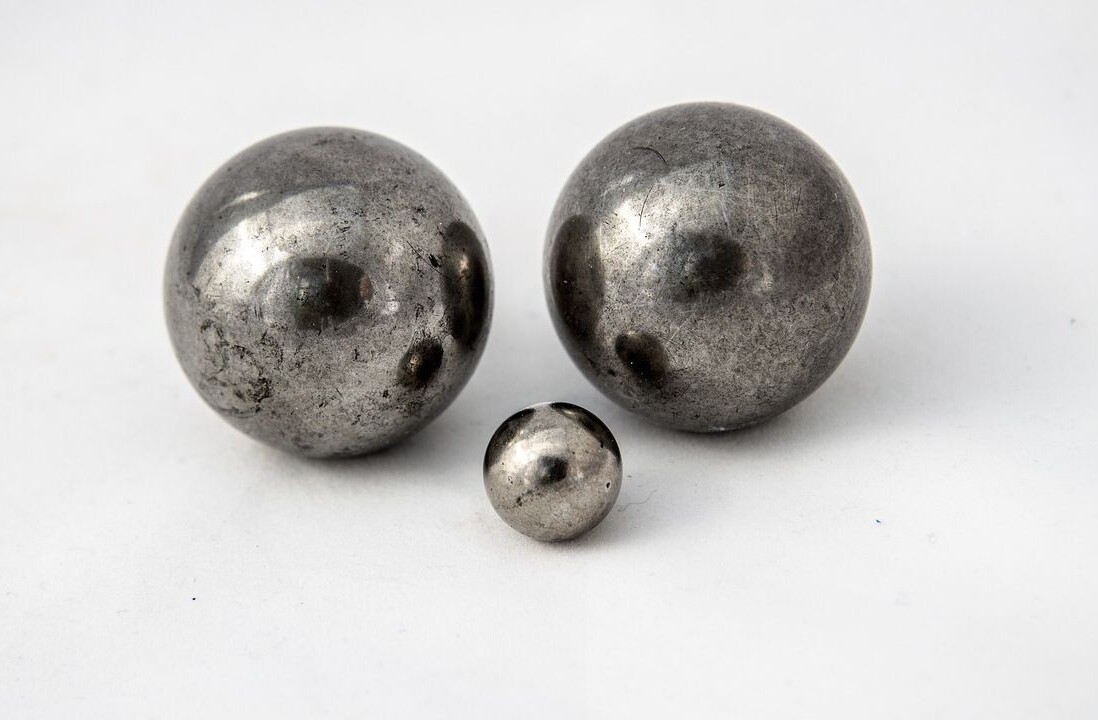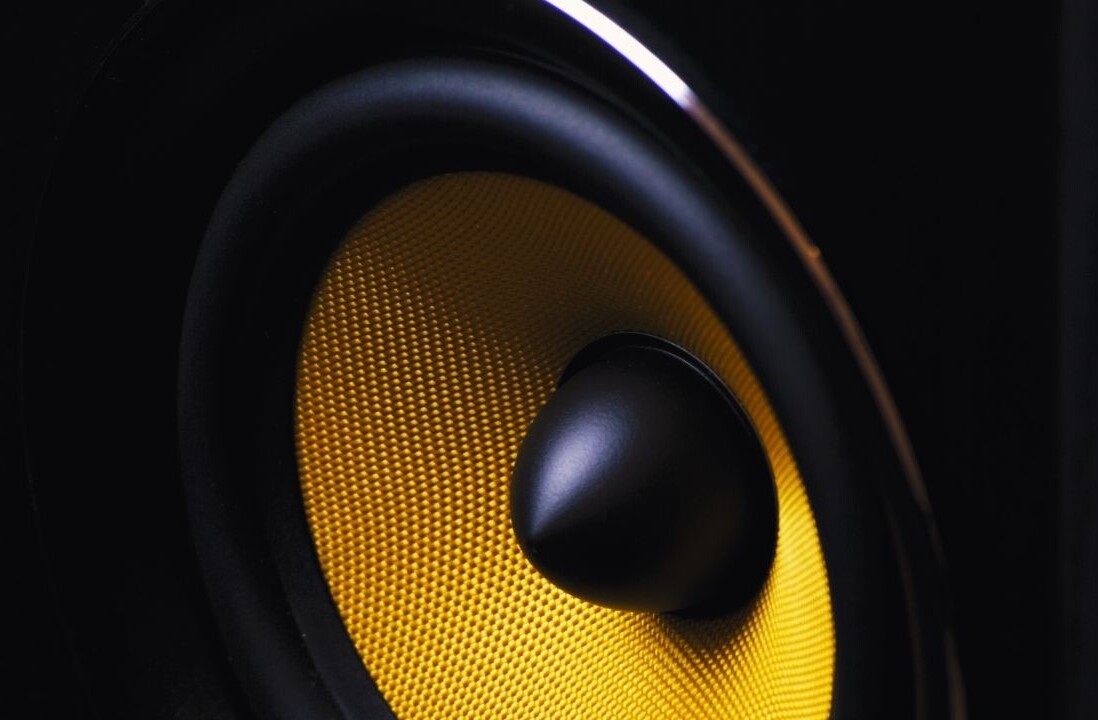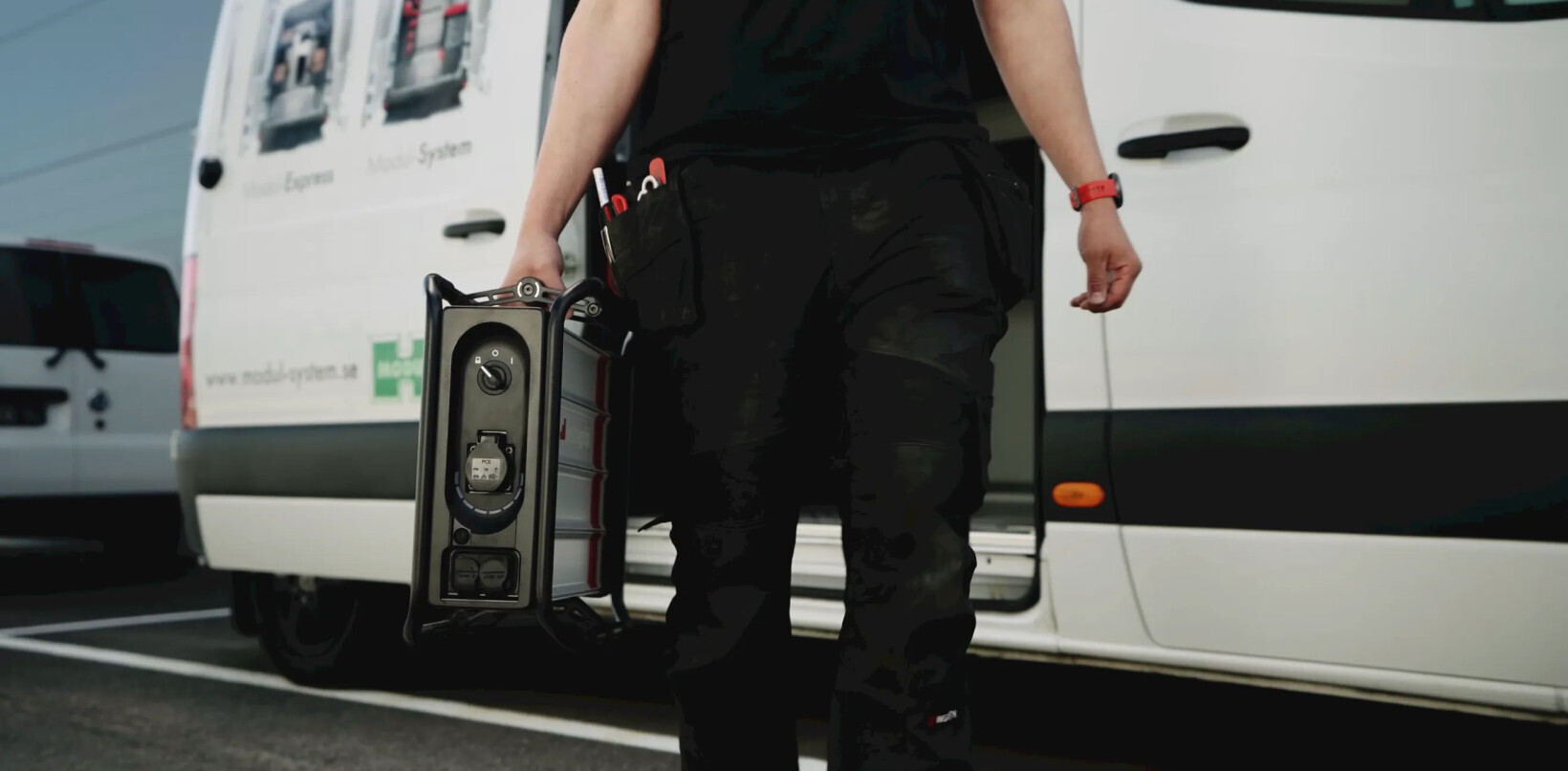As a longtime motorcycle enthusiast, I thought I would share my own experience going full electric. Three years ago, I leased a Chevrolet Bolt, with its EPA range of 238-mile range from a 60 kWh battery. I really liked the powertrain and the overall EV experience. When the lease ended recently, I replaced the Bolt with a Tesla Model 3, which offers a significantly better overall experience. The time has now come to get rid of the remaining gas-powered car in our household. I bought an electric motorcycle, namely a Zero SR 13 — my 7th motorcycle since the age of 16.
Let’s talk about torque
Established in 2006, Zero Motorcycles designs and produces a range of fully electric motorcycles near Santa Cruz (Northern California). My 2017 Zero SR 13 develops “only” 70 hp but a whooping 146 Nm of torque, weighing 188 kg whether its 13 kWh battery pack is charged or not! This translates into 3.3 seconds from 0 to 60 mph. Today, Zero’s most powerful model, the SR/S delivers 110 hp and 190 Nm (229 kg).
These torque values are not only very high in absolute terms, but “peak” torque is available at any speed and delivered instantly, thanks to the intrinsic characteristics of electric motors. These values compare very favorably to those of gas-powered bikes. The torquiest production bike, the Triumph Rocket with its 2500 cc engine, is slightly stronger with 220 Nm, but it weighs 291 kg, plus gas. The high performance Suzuki Hayabusa (1300 cc) “only” delivers 158 Nm (266 kg). How about BMW? The German brand’s torquiest bike, the 6-cylinder K 1600, stands at 175 Nm.
Charging & range: Can e-motorcycles go the distance?
The Zero SR 13’s reported range is 100 to 150 miles depending on riding conditions. Similar to a battery electric vehicle, the range of an e-motorcycle is highest when riding includes a combination of accelerations and decelerations because of regenerative braking. On the contrary, cruising on the freeway delivers the lowest range — and is the most boring! I have also experienced fewer than 100 miles when riding hard on twisty roads. Charging is simple. The provided cable plugs into a 110V or 220V electric outlet to charge at 1.5 kW (3 kW for latest models). Zero offers an optional 6 kW onboard charger, enabling Level 2 charging.
In addition, energy cost for an e-motorcycle is a fraction of that of its gas equivalent. A full charge costs me $1.50 (night rate: $0.12/kWh)! Assuming a consumption of 100 Wh/mi (62 Wh / km), that’s 1.2 cent / mi or 0.65€ / 100 km. This compares with 8 cents / mi or 7.40€ / 100 km (at local premium gas price*) for the sporty Suzuki Katana Sport. Not only is energy cost a 1/10th of its gas counterpart, but oil changes (and brake pads to a large extent) are also gone. However, rear tires on e-motorcycles likely need to be replaced more frequently given the impressive torque — which I can say I do play with, given the smile it brings on my face every single time.
Yes, electric motorcycles are still more expensive upfront than their gas-powered siblings. The current Zero SR/S, with 14 kWh, costs about $20k / 20k€ vs. around $15k for the nearest equivalent fuel-burning 2 wheeler. But the negative trend observed in the cost of Li-Ion batteries (currently about $120/kWh vs. $1000 in 2010) means the gap will continue to close.
Zero’s motorcycles are connected, to some extent just like my Tesla. A phone app allows you to create a unique riding mode (max torque, max speed, braking regen, etc.), monitor charging, and offer a separate, customizable instrument panel. Zero also pushes over-the-air updates — though not as impactful or frequent as Tesla — which is streamed via the phone app.
A burgeoning e-motorcycle ecosystem
Zero is not alone in offering e-motorcycles. A number of startups have emerged with a purpose similar to Zero’s. Overall, they offer a broad spectrum of motorcycle types (cruisers, sportbikes, dirt bikes, urban runabouts…) and prices from below $10k to over $50k. They include US-based Lighting, Fuell, and Voltu — Alta Motors went under not long after Harley Davidson invested in them. In Europe, we have Energica and Tacita in Italy, Essence in France, and Arc in the UK. China is also in the race, with Evoke and Socco. Nevertheless, Zero is the dominant player, in a sort of Tesla-like role.
How about the incumbents? Harley-Davidson is probably the last one I would have expected to offer an e-motorcycle. Yet, they — and Austria-based KTM — were the first and are the only ones to do so today. Introduced in 2018, the LiveWire is not as convincing a product as its Zero equivalent. At $30k, it is about 40% more expensive than the Zero SR/F, is heavier, offers a shorter range but is quicker to 60 mph. KTM has introduced two electric dirt bikes priced below $10k and has yet to offer their street bike counterparts.
Surprisingly, neither BMW nor the four Japanese majors — Honda, Kawasaki, Suzuki, and Yamaha — have an e-motorcycle on the market. Last year, the four Asian competitors announced a partnership to develop swappable batteries for electric motorcycles, which could pave the way for a much needed, bigger ambition. BMW presented a concept in 2019, but have yet to announce a production e-bike.
I used to be “petrol head” — the second car I bought was a Corvette. However, the pleasure of driving or riding an electric car or motorcycle — which easily makes you forget the sound of a revving engine — combined with my dedication to clean mobility made me swap gas for electrons. And there is no going back! The electrification of motorcycles is lagging behind that of passenger vehicles, but I suspect it will pick up once incumbents put products on the market.
This article was written by Marc Amblard, Founder & Managing Director, Orsay Consulting on The Urban Mobility Daily, the content site of the Urban Mobility Company, a Paris-based company which is moving the business of mobility forward through physical and virtual events and services. Join their community of 10K+ global mobility professionals by signing up for the Urban Mobility Weekly newsletter. Read the original article here and follow them on Linkedin and Twitter.

SHIFT is brought to you by Polestar. It’s time to accelerate the shift to sustainable mobility. That is why Polestar combines electric driving with cutting-edge design and thrilling performance. Find out how.
Get the TNW newsletter
Get the most important tech news in your inbox each week.








